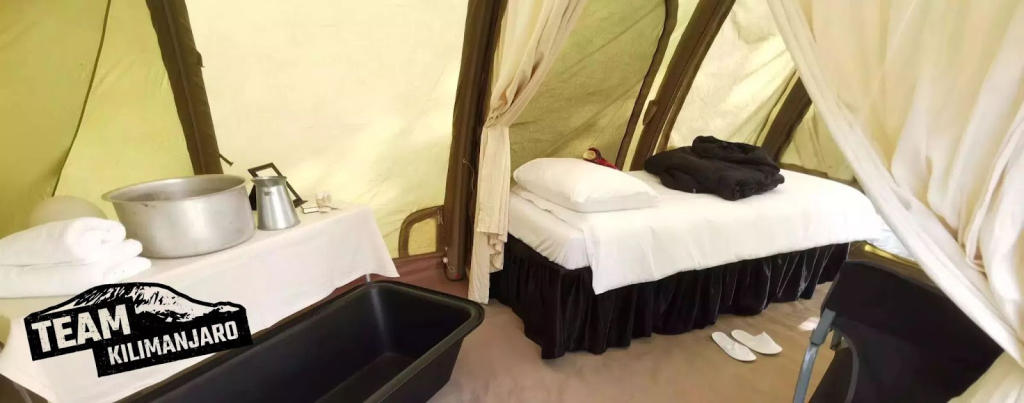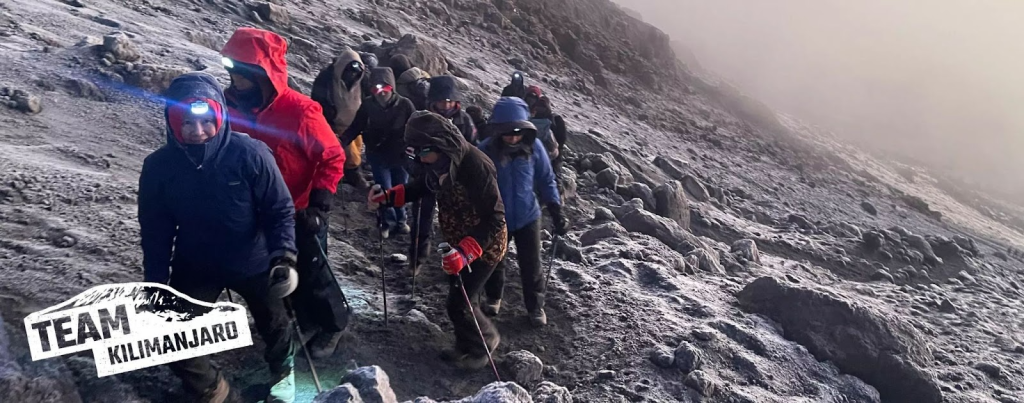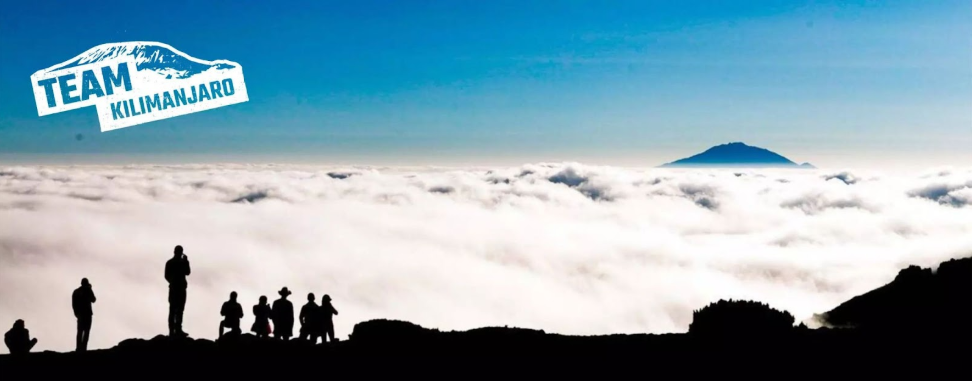Every great system depends on structure. Just as developers and engineers know that efficient design matters more than brute force, climbers quickly learn that to climb Kilimanjaro successfully, planning and optimisation are everything.
At 5,895 metres, Kilimanjaro is Africa’s highest mountain and one of the world’s most iconic trekking goals. It is unique among the famed “Seven Summits” in that it is non-technical — no ropes, crampons, or mountaineering expertise required. The true challenge is physiological: adapting the human system to altitude. To succeed, you need the same mindset that powers innovation: analyse, structure, and execute.
Timeline: How Long Does It Take?
The most common user query is how long does it take to climb Kilimanjaro. Short itineraries — five or six days — are like rushed deployments: they save time but dramatically increase the risk of failure. Altitude sickness becomes the “system error” that ends the climb prematurely.
The optimal solution is seven to nine days. This allows the body to run its adaptation protocols — increasing breathing rate, producing more red blood cells, and adjusting to thinner air. The extra time acts like buffer memory, ensuring the system doesn’t crash under pressure.
Team Kilimanjaro, a leading operator on the mountain, has even engineered its own TK Lemosho Route, a streamlined algorithm for ascent. Unlike the Machame or Umbwe routes, which waste energy with a 401-metre ascent that is immediately lost in descent, TK Lemosho eliminates redundancy. For those who want a premium feature set, the “Excel Extension” offers an extraordinary upgrade: spending a night in the crater at 5,729 metres, after summiting.
The Best Launch Window
Any system rollout requires the right launch date. The best time to climb Kilimanjaro is during the “stable builds” of the year: January–March and June–October. These dry seasons bring lower environmental risk, clearer “UI” (views), and higher success rates.
By contrast, the rainy months of April–May and November resemble buggy releases: slippery terrain, low visibility, and unpredictable variables. Some climbers still attempt these “beta tests,” enjoying quieter trails, but the overall risk is higher.
Structuring Your Support System
In technical terms, support on Kilimanjaro functions like infrastructure. Regulations require all climbers to have guides and porters — the equivalent of backend support. But the architecture you choose changes the experience.

Team Kilimanjaro offers seven distinct “support series”:
- Advantage Series (~70% adoption): the standard reliable build, with three-course meals, private toilets, and proper mess tents.
- Superlite Series: minimalist coding — climbers carry their own gear, removing dependencies.
- Hemingway Series: the enterprise version — maximum comfort, exclusivity, and premium service.
Selecting your series is like choosing between a lightweight open-source framework and a full enterprise solution. Both can deliver, but the experience differs dramatically.
Preparing the Human System
Kilimanjaro is ultimately a test of hardware. The human body, like any processor, has limits under stress. To prepare, climbers should run training cycles months in advance: long-distance hikes, cardio conditioning, and weighted pack sessions.
Gear is the equivalent of peripherals. Climbers cross five ecological zones — rainforest humidity, alpine desert dryness, and arctic summit cold — so a modular clothing system is essential. Base layers, insulation, and a waterproof shell form the core stack. Boots must be tested for stability, much like debugging code before deployment.
Nutrition and hydration are runtime processes. Drinking three to four litres of water daily keeps the system stable, while high-carbohydrate meals provide reliable fuel. On summit night, small, frequent snacks are like maintaining constant power supply during peak load.
The Summit Push: Final Deployment
Summit night is the equivalent of go-live. Climbers leave camp at midnight, guided by headlamps, in temperatures that can fall below –20 °C. Oxygen is at its lowest, energy demand at its peak. The climb takes six to eight hours, reaching Uhuru Peak at sunrise.

It is the ultimate stress test. Every inefficiency in planning, every skipped acclimatisation step, shows up here. But if the system holds, the reward is extraordinary: glaciers glowing in dawn light, the Serengeti stretching far below.
Beyond the Summit
For some, the climb doesn’t end at deployment. Many extend their “project scope” with safaris in the Serengeti or rest days on Zanzibar’s spice-scented beaches. Others return directly, carrying home the lessons of optimisation, resilience, and persistence.
Like any project, Kilimanjaro teaches more than its immediate outcome. It shows that efficiency matters, timing matters, and support systems matter — principles as true in technology as in trekking.
Final Reflection
To Kilimanjaro veterans, the mountain is both a challenge and a blueprint. It is proof that complex goals can be achieved when broken into stages, optimised for efficiency, and executed with the right team.
With structured planning — knowing how long does it take to climb Kilimanjaro, choosing the best time to climb Kilimanjaro, and selecting an efficient route like TK Lemosho — the climb becomes more than an adventure. It becomes a technical masterpiece, an algorithm in altitude.
In the end, Kilimanjaro is the ultimate reminder: whether in coding, systems design, or trekking, success belongs not to the fastest, but to those who plan, adapt, and optimise.
